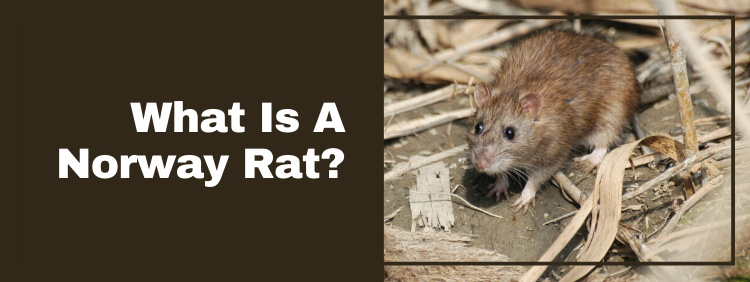 Despite its name, the Norway rat is not from Norway. Rather, Rattus norvegicus (as it is known to biologists) arrived in the Provinces aboard cargo ships arriving from the eastern Mediterranean, the Middle East and India starting almost three hundred years ago. Well into the 20th Century, about half of the freighters arriving at East Coast ports were infested. For better or worse, these creatures have thrived in Ontario, and that keeps homeowners, landlords and other property owners calling on Truly Nolen for rat control in Brampton. Although you may have heard of various ways to deal with infestations yourself, it is not a smart idea. Because of the dangers of disease and injury (brown rats are aggressive little buggers who will not hesitate to bite off a fingertip), it is best to have rat removal services carried out by trained, licensed professionals.
Despite its name, the Norway rat is not from Norway. Rather, Rattus norvegicus (as it is known to biologists) arrived in the Provinces aboard cargo ships arriving from the eastern Mediterranean, the Middle East and India starting almost three hundred years ago. Well into the 20th Century, about half of the freighters arriving at East Coast ports were infested. For better or worse, these creatures have thrived in Ontario, and that keeps homeowners, landlords and other property owners calling on Truly Nolen for rat control in Brampton. Although you may have heard of various ways to deal with infestations yourself, it is not a smart idea. Because of the dangers of disease and injury (brown rats are aggressive little buggers who will not hesitate to bite off a fingertip), it is best to have rat removal services carried out by trained, licensed professionals.
 Despite its name, the Norway rat is not from Norway. Rather, Rattus norvegicus (as it is known to biologists) arrived in the Provinces aboard cargo ships arriving from the eastern Mediterranean, the Middle East and India starting almost three hundred years ago. Well into the 20th Century, about half of the freighters arriving at East Coast ports were infested. For better or worse, these creatures have thrived in Ontario, and that keeps homeowners, landlords and other property owners calling on Truly Nolen for rat control in Brampton. Although you may have heard of various ways to deal with infestations yourself, it is not a smart idea. Because of the dangers of disease and injury (brown rats are aggressive little buggers who will not hesitate to bite off a fingertip), it is best to have rat removal services carried out by trained, licensed professionals.
Despite its name, the Norway rat is not from Norway. Rather, Rattus norvegicus (as it is known to biologists) arrived in the Provinces aboard cargo ships arriving from the eastern Mediterranean, the Middle East and India starting almost three hundred years ago. Well into the 20th Century, about half of the freighters arriving at East Coast ports were infested. For better or worse, these creatures have thrived in Ontario, and that keeps homeowners, landlords and other property owners calling on Truly Nolen for rat control in Brampton. Although you may have heard of various ways to deal with infestations yourself, it is not a smart idea. Because of the dangers of disease and injury (brown rats are aggressive little buggers who will not hesitate to bite off a fingertip), it is best to have rat removal services carried out by trained, licensed professionals.

